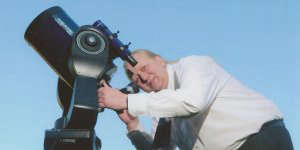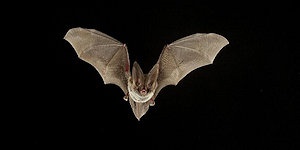
Monday 13th to Sunday 19th December 2021
The main astronomical event is the peak of the Geminid meteor shower with the best opportunity being the early hours of Tuesday morning 14th. There is a 78%-lit Gibbous Moon creating some light pollution, but it sets around 3am, giving you a few hours of dark sky before sunrise.
The Geminids is so named because the radiant point where the meteors appear to originate from is in the same area of the sky as the constellation of Gemini, "The Twins". The radiant point is near the bright star Castor which marks the head of the right hand twin. If you get up early, around 4 - 5am, Gemini will be located towards the south west.
The debris that is creating the shooting stars is from an asteroid, which is unusual as most meteor showers are caused by debris from comets. As a result, the debris contains traces of metals and this can create different colours as it burns up in the atmosphere. We use the same principle to make fireworks colourful.
At the beginning of the year, a new comet was discovered. C/2021 A1 is also called "Leonard" after the astronomer who first found it. The comet is currently to the lower right of Venus which sets below the south west horizon shortly after sunset. Telescope users should be able to see the comet's tail and it is hoped that it may even be visible to the naked eye.
I have provided a diagram showing the comet's location through the rest of December, courtesy of Sky at Night Magazine, along with a photograph of the comet taken by astronomer Jose Chambo.
Screenshot courtesy of Stellarium
Copyright Adrian Dening and Radio Ninesprings 2021




 Adrian Dening's Stars Over Somerset
Adrian Dening's Stars Over Somerset
 False Fire Alarms
False Fire Alarms
 Dog DNA
Dog DNA
 Mobile Phones in Vehicles
Mobile Phones in Vehicles
 Car Free Route
Car Free Route
 Clean up our Countryside
Clean up our Countryside
 Church Bats
Church Bats









